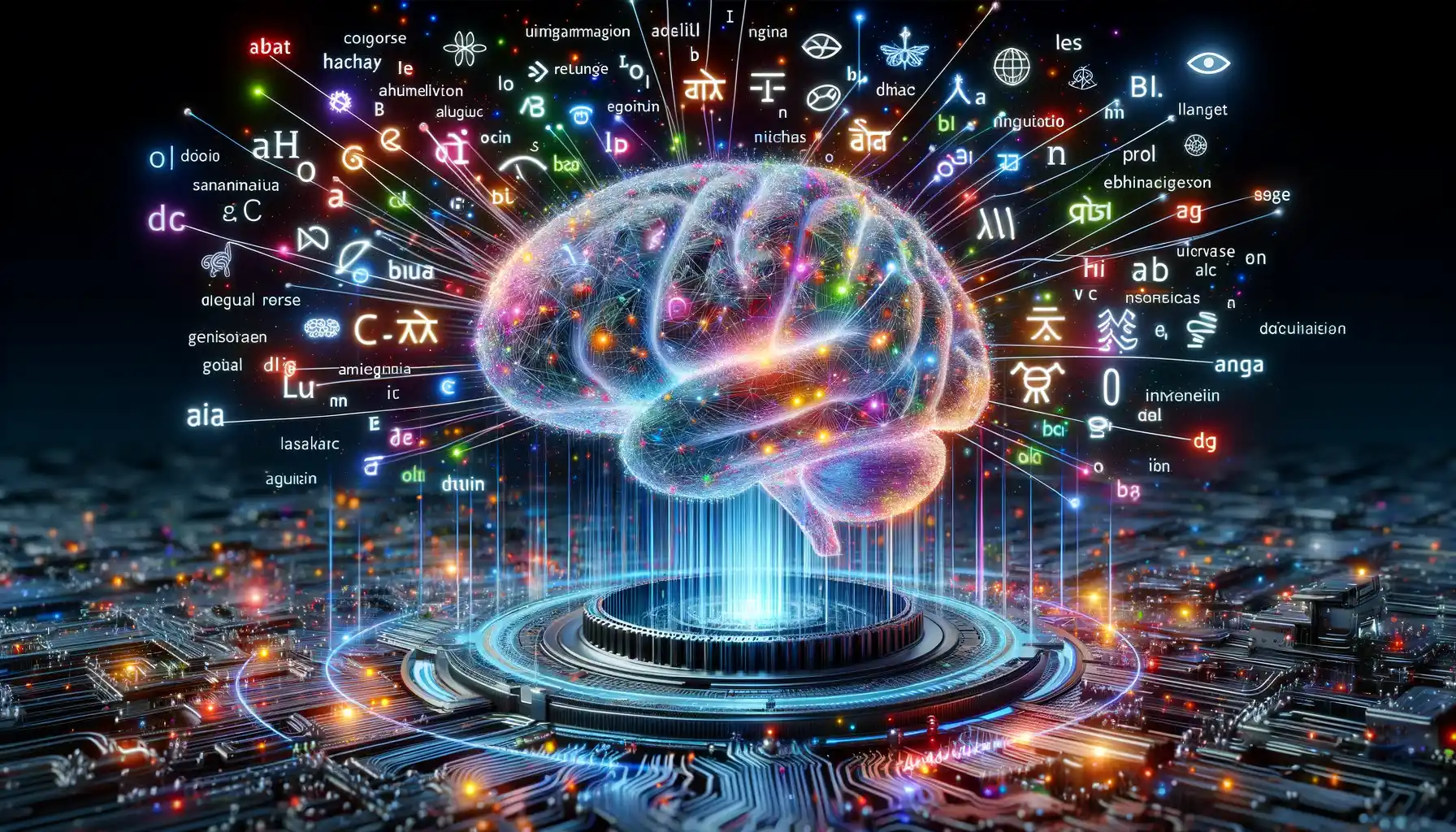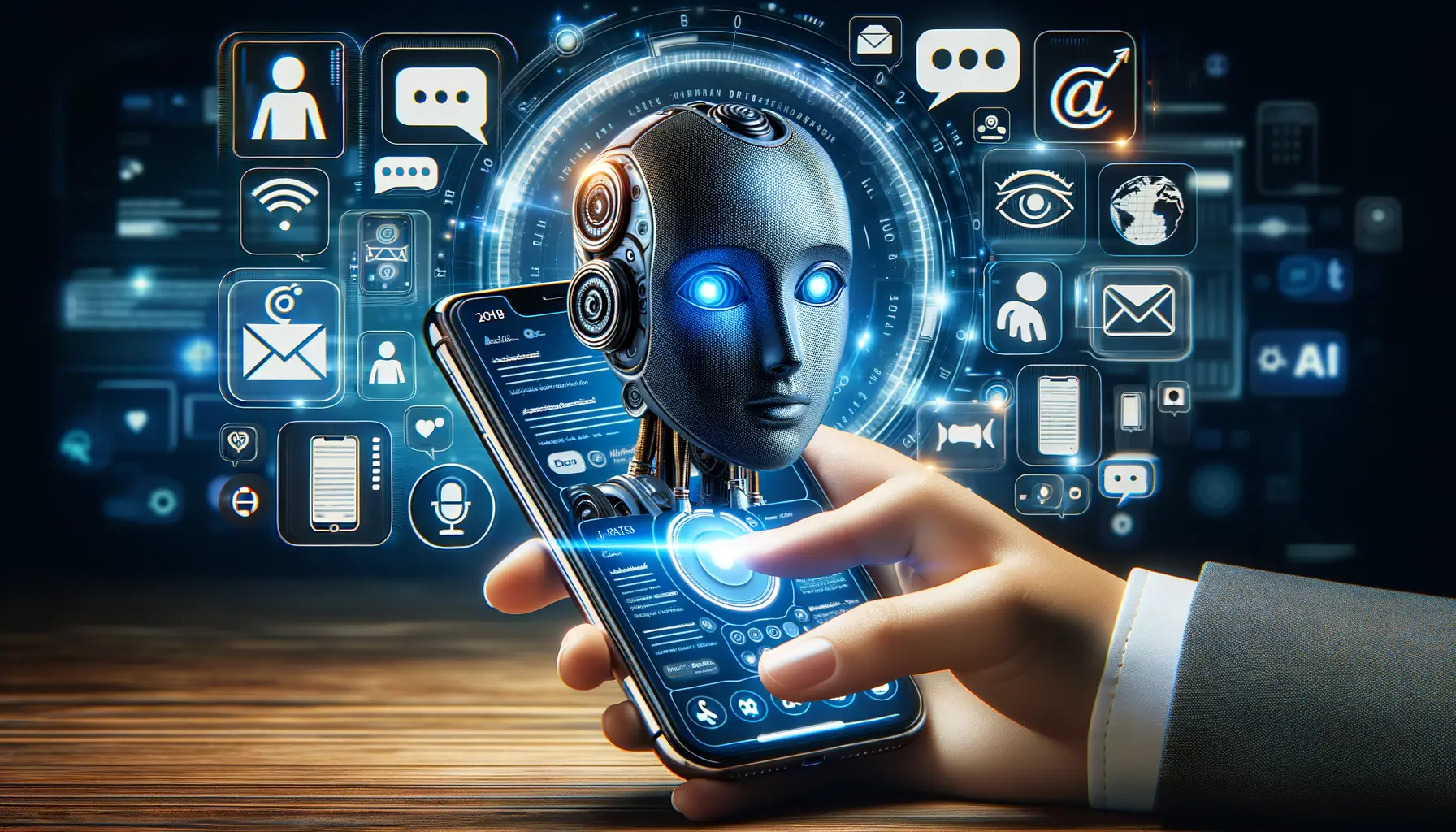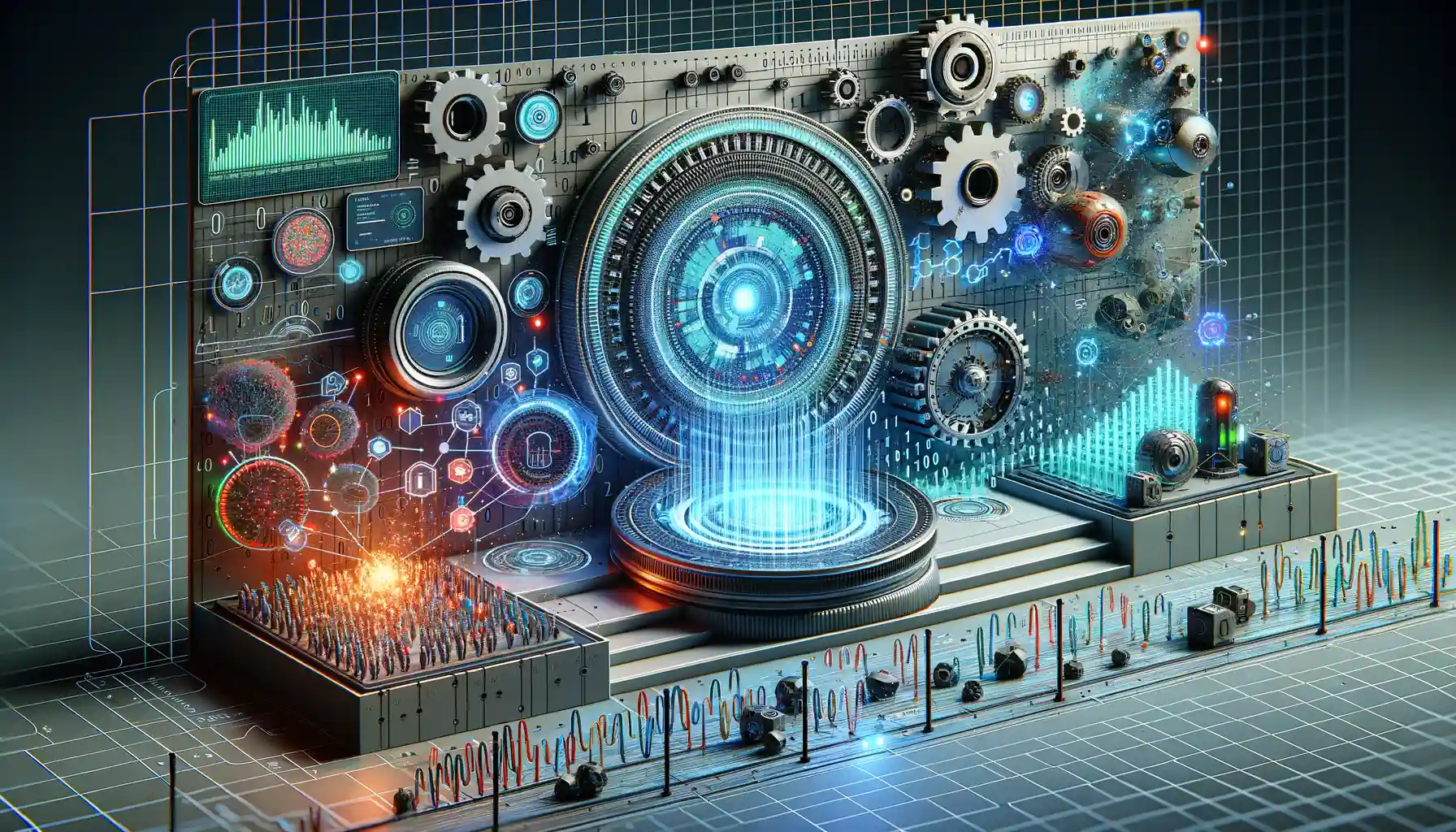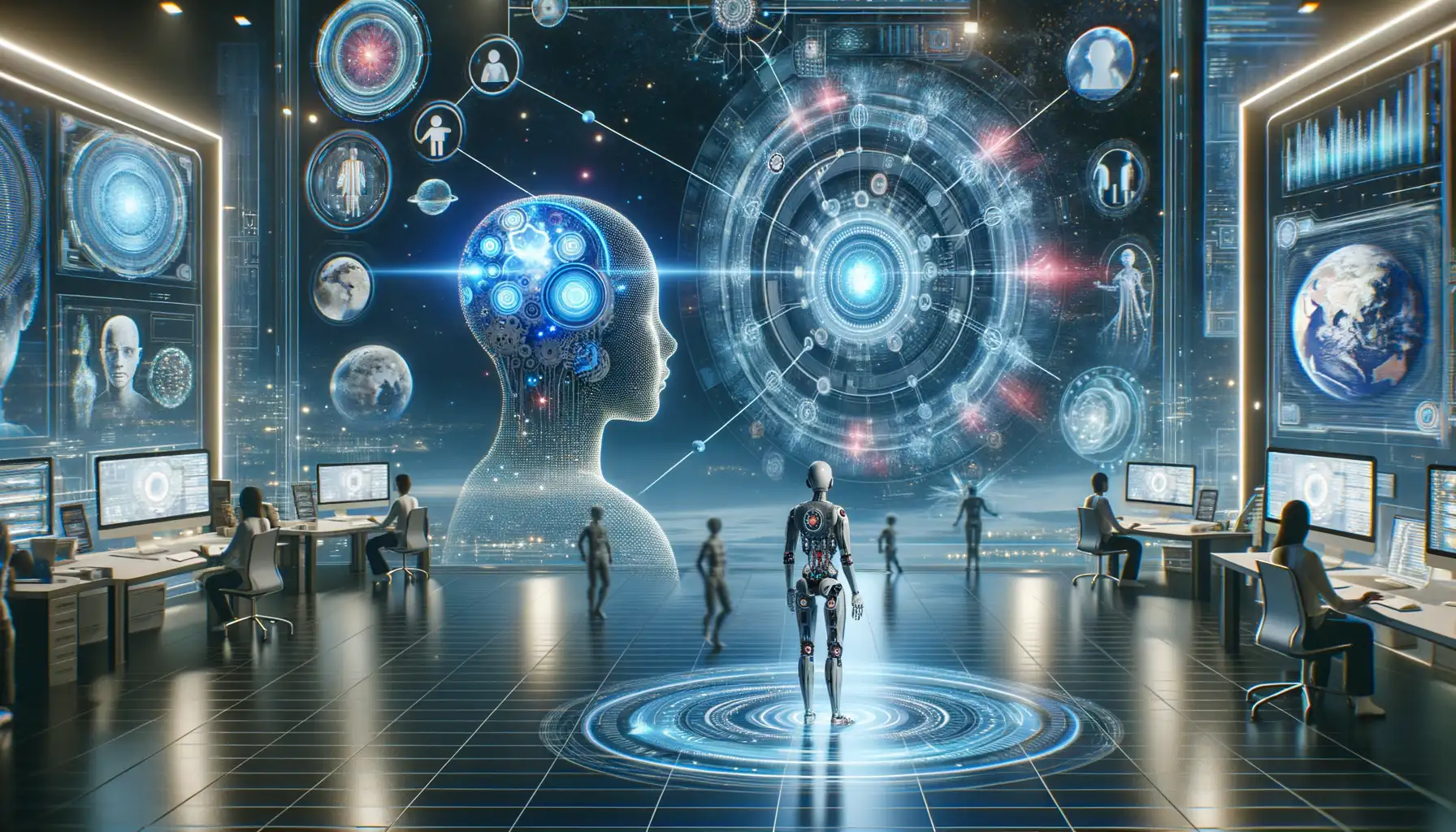The Evolution of AI in Communication Apps
The Humble Beginnings of AI in Communication
In the early days, AI in communication apps felt like a whisper in a noisy room—just barely there but impossible to ignore once you noticed it. Do you remember when auto-correct first became a thing? It was a love-hate relationship, wasn’t it? You’d type “ducking” and wonder if your phone secretly had a twisted sense of humor. That was AI in its fledgling stage.
Fast forward, and suddenly, chatbots popped up everywhere. They couldn’t hold deep conversations, but they made ordering a coffee or booking a flight ridiculously convenient. These baby steps laid the groundwork for what would come next: AI transforming into an actual conversational partner.
- Natural Language Processing (NLP) gave apps the power to understand—not just read—what we were saying.
- Machine Learning (ML) meant that apps could learn from endless conversations to adapt, predict, and improve responses over time.
From Awkward Texts to Seamless Conversations
Today, AI doesn’t just help us communicate—it predicts what we truly mean before we even hit “send.” Take voice-to-text, for example. Thanks to AI advancements like speech recognition, your casual morning ramble about grabbing coffee now sounds polished rather than garbled nonsense. And translation apps? Those used to feel like deciphering hieroglyphics! Now, you can say “hello” in English, and someone hears it as “bonjour” without missing a beat. It’s like having a personal interpreter in your pocket.
This evolution wasn’t just about speed or efficiency—it’s about breaking language barriers, building connections, and fostering understanding. In a way, AI isn’t just shaping how we talk; it’s reshaping how we connect as humans.
How AI Enhances Real-Time Language Processing

The Magic Behind Real-Time Conversations
Picture this: you’re chatting with a friend in another part of the world, exchanging thoughts in two entirely different languages. Yet, the conversation feels as seamless as if you were both speaking the same tongue. That’s where AI works its wonders—like an invisible interpreter who not only translates but also mirrors tone, emotion, and cultural nuances.
Through the power of Natural Language Processing (NLP) combined with real-time algorithms, AI doesn’t just understand words—it grasps meaning. It analyzes context lightning-fast, turning incomplete sentences or misspelled words into meaningful insights. Ever notice how your communication app suggests the perfect response before you even finish typing? That’s AI predicting intent with uncanny precision.
- Speech-to-text: AI can process spoken words almost instantaneously, making voice messages translatable on the fly.
- Sentiment detection: It can pick up on whether a message is joyful, sarcastic, or serious, adapting responses accordingly.
Whether it’s smart replies or live transcription, this is more than technology—it’s like having a multilingual, mind-reading assistant right in your pocket. Isn’t that amazing?
Closing the Gap Between Humans and Machines
The true genius of AI in language lies in its ability to learn from real humans—millions of conversations feeding its algorithms every day. Think about how autocorrect has gone from frustrating to eerily intuitive. Now multiply that innovation by a thousand. Apps like Google Translate are no longer just tools; they’re bridges, breaking barriers of culture and communication.
AI even adapts on the fly, catching slang, regional dialects, or new phrases that emerge seemingly overnight. Imagine teaching a machine not only to speak but to *understand* humor, sarcasm, or subtle cultural expressions. This isn’t just software—it’s dynamic, evolving intelligence designed to enrich how we connect. And isn’t connection what communication is all about?
Applications of AI in Modern Communication Tools

AI-Powered Tools That Are Redefining Conversations
Imagine texting someone in a completely foreign language with zero prior knowledge—magical, right? Well, it’s not magic; it’s AI-driven translation. Apps like WhatsApp or Microsoft Teams have integrated real-time language translation, making “lost-in-translation” scenarios a thing of the past. AI scans your message, understands the context (yes, even sarcasm sometimes!), and delivers your thoughts across borders and languages in mere moments.
Even emojis are getting smarter. AI helps suggest those little icons based on what you’re typing. User says “Let’s grab coffee ☕️ at 3?”—boom, there’s your emoji! These tiny details make communication feel more human while being guided by powerful machine learning algorithms.
- Autocorrect and Grammar-Suggesting Features: Forget typos—tools like Grammarly provide tone suggestions, ensuring you sound professional or laid-back whenever you need.
- Voice-to-Text Transcription: Dictate long messages or memos, and AI will translate speech into accurate text, catching nuances along the way.
The Rise of Personal Assistants in Your Pocket
Picture this: You’re multitasking, trying to cook dinner and respond to work emails simultaneously. Enter AI assistants, such as Siri or Google Assistant. They read your messages aloud or suggest witty replies so you can keep spilling spaghetti sauce without missing a beat.
And when it comes to spotting spam or fraud? AI doesn’t just play detective—it acts like your loyal bodyguard. Algorithms filter suspicious emails or block phishing attempts on chat platforms like Slack. These silent protectors save us from falling victim to scams every single day.
Challenges and Limitations of AI in Real-Time Processing

Pushing Boundaries: The Hurdles AI Faces in Real-Time Processing
Real-time language processing is like an exhilarating tightrope walk—balancing speed, accuracy, and complexity. But even the most advanced AI isn’t infallible. Beneath the polished surface of apps like WhatsApp or Slack lies a universe of challenges that can trip up even the smartest algorithms.
Let’s talk about lag—the ultimate nemesis of real-time interaction. AI relies on massive computations to understand linguistic nuances, but when networks falter or devices operate on older hardware, even the fanciest AI can stutter. A slightly delayed translation during a global conference may seem small, but for businesses, it’s a deal breaker.
Where Machines Stumble Over Human Complexity
One-size-fits-all? Not with human language. AI struggles with:
- Idioms and cultural context: Imagine trying to decode “kick the bucket” without knowing its metaphorical meaning—it’s a headache!
- Multilingual conversations: Switching seamlessly between Hindi and French mid-sentence? Humans do it; AI sweats.
- Emotional subtleties: Can a machine tell sarcasm apart from sincerity? Not always.
Lastly, ethical concerns shadow AI’s advances. Sensitive data coursing through AI-driven systems raises questions: who owns your digital words, and how are they safeguarded? It’s a digital Wild West out there—pioneering, yes, but not without risks.
Future Trends and Innovations in AI-Driven Communication

The Rise of Hyper-Personalized Communication
Picture this: your communication app knows you better than your best friend. Thanks to upcoming advancements in AI-driven communication tools, we’re entering an era where hyper-personalization will redefine how we connect with others. Forget generic autocorrect or cookie-cutter replies—future systems will analyze tone, context, and even cultural nuances to create *perfectly tailored responses*.
Imagine composing a heartfelt message, and your app intuitively suggests not just words, but emojis that match the emotion behind them. Or receiving real-time translations that don’t feel like robotic dictionary swaps, but instead sound as smooth as a local speaker. Here’s what we might see soon:
- Emotion-aware AI: Apps that adapt their style based on whether you’re feeling ecstatic or down in the dumps.
- Voice cloning: Tools that mimic your voice for multilingual calls, keeping your personal touch intact.
The key here is authenticity. These innovations aim to make digital conversations feel genuinely human, bridging the gap between understanding and being understood.
Embracing Multimodal Communication
As technology evolves, single-mode communication is getting a serious upgrade. The future lies in combining speech, text, visual aids, and even gestures into seamless, interactive conversations. Picture yourself video-calling a client overseas while real-time subtitles translate, gesture recognition predicts your next point, and a virtual assistant generates presentation slides—all simultaneously.
This isn’t science fiction; it’s the imminent reality powered by AI multimodal learning. The beauty? It doesn’t just streamline communication; it makes it vibrant, immersive, and accessible to those who face language or sensory barriers. The possibilities are boundless, and honestly, a little exhilarating when you think about how much closer we’ll all feel—no matter the distance.
